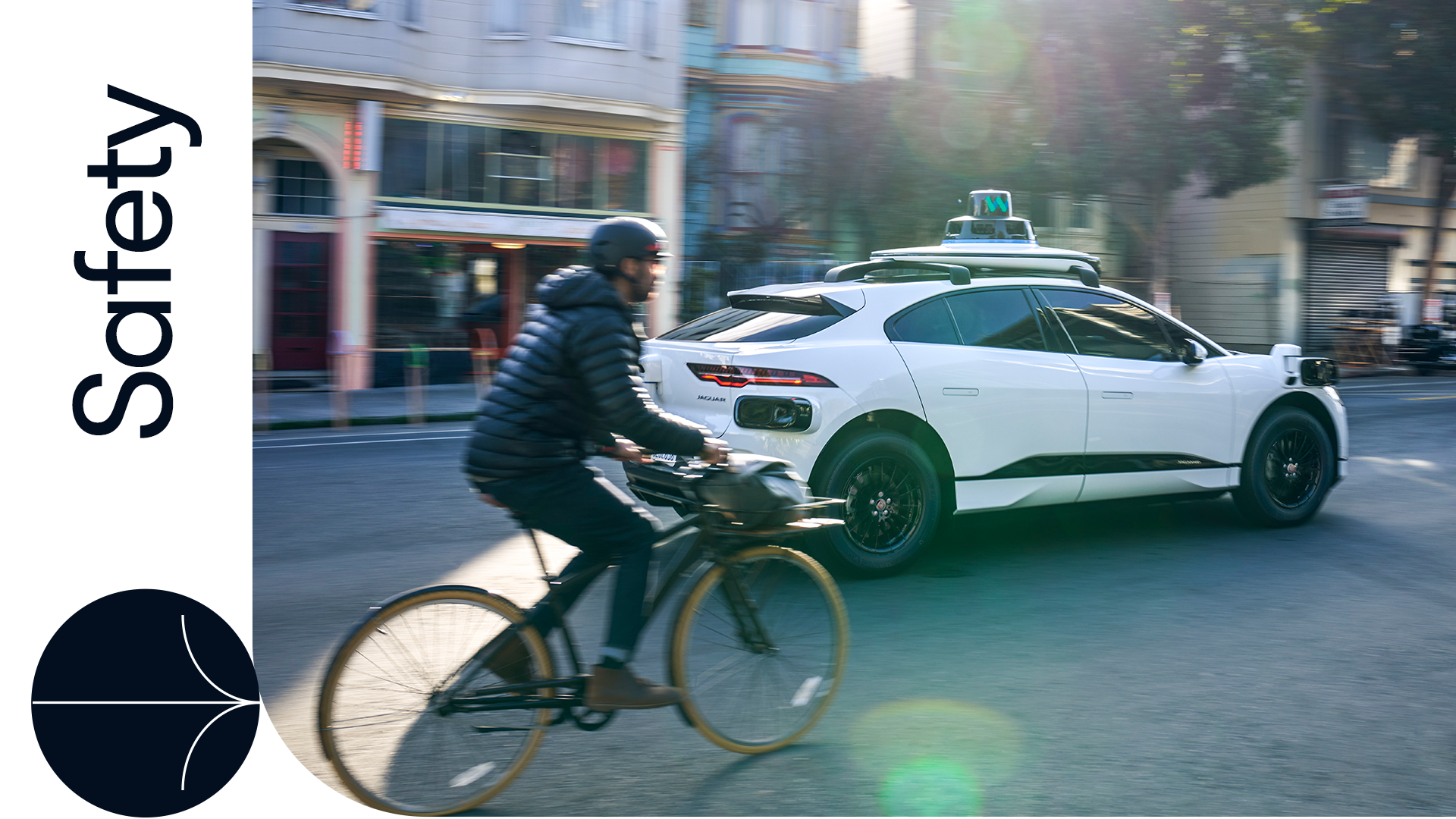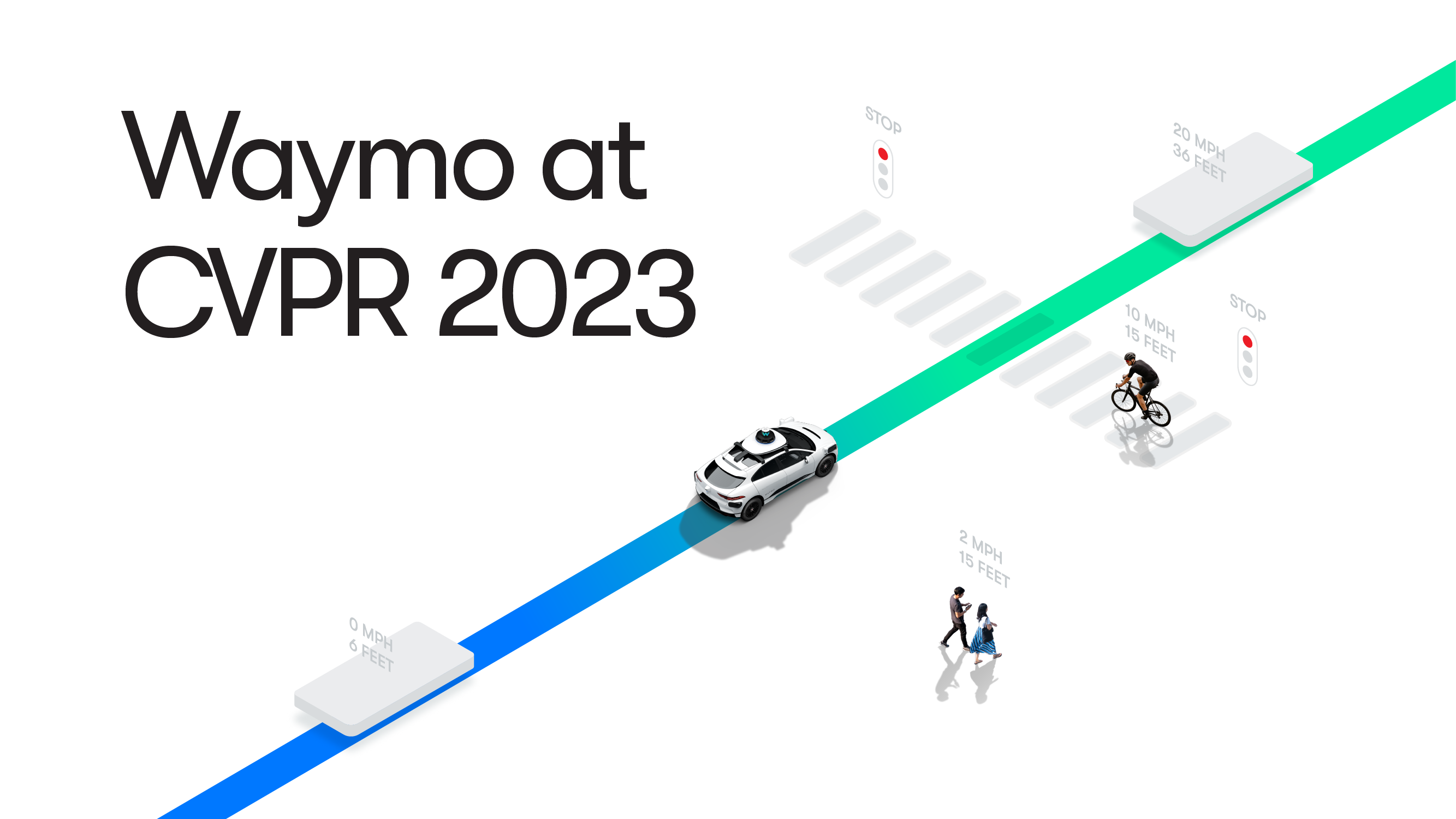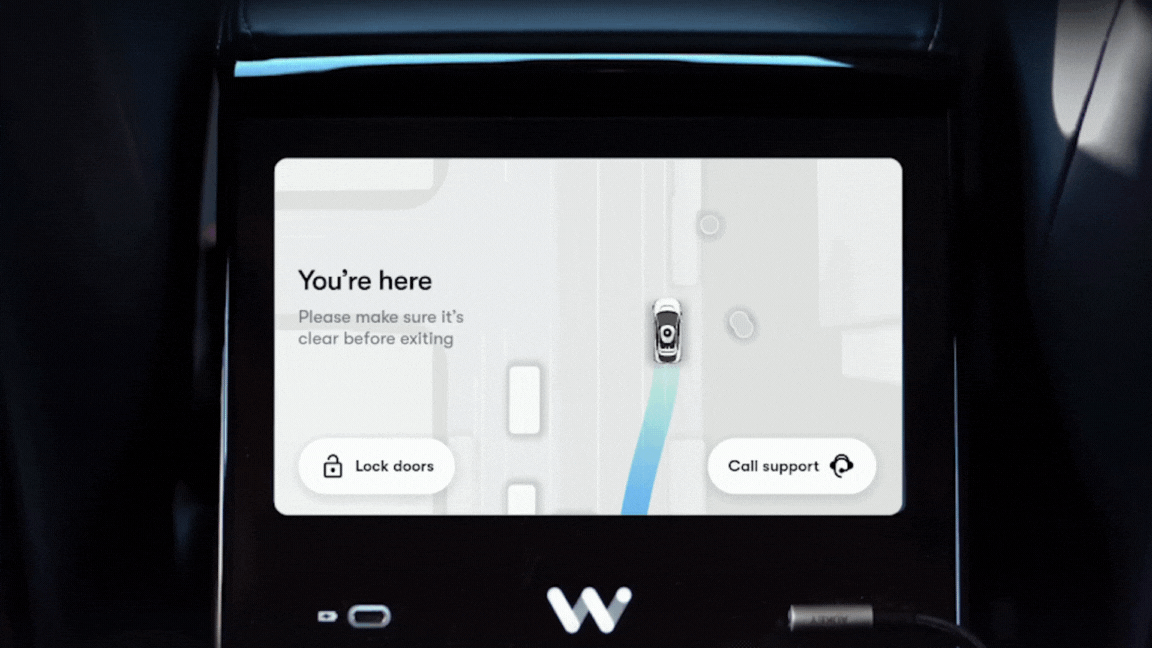Monday, January 8, 2024
Wednesday, December 20, 2023
Waymo significantly outperforms comparable human benchmarks over 7+ million miles of rider-only driving
Safety leads everything we do at Waymo. This year alone, Waymo has served over 700,000 ride-hailing trips with public riders and no human driver. We couldn’t have hit that milestone without putting safety front and center, and we are working hard to improve the measurement, transparency, and performance of our fleet.
Monday, November 6, 2023
Road trip! How our cross-country testing helps advance the Waymo Driver
Thursday, October 19, 2023
Waymo advances AI research with our multifunctional Waymax simulator
Friday, August 4, 2023
The Waymo Driver's Rapid Learning Curve
Tuesday, July 11, 2023
Past the limit: Studying how often drivers speed in San Francisco and Phoenix
Thursday, July 6, 2023
The Waymo Driver is already improving road safety

Excitement and caution often go hand-in-hand when a new, transformative technology is introduced. I’ve seen it many times in my career while working on innovative rocket launches, commercial space satellites, and now autonomous driving in my role as Chief Safety Officer at Waymo. Case in point, when it comes to Waymo’s autonomous vehicles, I hear two questions most frequently.
Wednesday, June 14, 2023
Waymo at CVPR 2023: At the cutting-edge of autonomous driving research
Tuesday, May 9, 2023
Keeping riders and other road users safe with Safe Exit features
When arriving at your destination and opening the door, how often do you stop to think who might be on the other side? According to the San Francisco Municipal Transportation Agency, collisions with bicyclists when a vehicle's door opens into moving traffic, or "dooring," is the second most common collision that results in injury or fatality. To help prevent 'dooring' events, Waymo implemented new and more effective methods to help inform riders when other road users are nearby by employing the same sensing technology the Waymo Driver uses to navigate roadways autonomously.
Tuesday, May 2, 2023
Guided by the flow: The role of aerodynamics in shaping the Waymo Driver
Wednesday, March 22, 2023
A Blueprint for AV Safety: Waymo’s Toolkit For Building a Credible Safety Case

For many years, Waymo has relied on an established safety framework — a comprehensive set of methodologies that we use to assess the safety of our technology and operations and that guides the deployment of the Waymo Driver. Our robust safety framework has enabled us to launch the world’s first fully autonomous ride-hail service, Waymo One, and expand our 24/7 operations with no human driver across multiple major U.S. cities. Today, residents of Metro Phoenix and San Francisco rely on Waymo to commute, run errands, meet friends and get a safe ride home as part of their daily lives.
Thursday, March 16, 2023
Driving Research Forward: The Waymo Open Dataset Updates and 2023 Challenges
 Waymo’s recent technology advancements and rapid expansion across Phoenix, San Francisco, and Los Angeles wouldn’t be possible without the underlying innovative research that helps drive our progress forward. As a pioneer in the AV industry, we have continuously contributed to the research community through publishing and expanding the Waymo Open Dataset — one of the largest and most diverse autonomous driving datasets ever released. Today, we are excited to announce the latest expansion of the dataset with even more sensor data and labels. We are also launching our new and exciting 2023 Waymo Open Dataset Challenges -- this is our 4th annual Challenge edition, and we invite all researchers to participate!
Waymo’s recent technology advancements and rapid expansion across Phoenix, San Francisco, and Los Angeles wouldn’t be possible without the underlying innovative research that helps drive our progress forward. As a pioneer in the AV industry, we have continuously contributed to the research community through publishing and expanding the Waymo Open Dataset — one of the largest and most diverse autonomous driving datasets ever released. Today, we are excited to announce the latest expansion of the dataset with even more sensor data and labels. We are also launching our new and exciting 2023 Waymo Open Dataset Challenges -- this is our 4th annual Challenge edition, and we invite all researchers to participate!
Tuesday, February 28, 2023
First Million Rider-Only Miles: How the Waymo Driver is Improving Road Safety
Waymo has achieved many global industry firsts. Each time we delight our riders and deliver on our mission safely, we are proudest. In January, we accomplished another first: we exceeded one million miles on public roads with no human behind the wheel. To put this into perspective, this equates to 40 trips around the Earth, or over 80 years of driving for the average American. But this number is not a meaningful measure of progress, without context. What’s more important is our safety performance over the course of these one million rider-only miles that demonstrates the safety benefits of the Waymo Driver. We’re sharing this safety performance data today to both acknowledge this next step on our journey, and to encourage greater transparency across the industry.
Wednesday, December 14, 2022
Waymo's Collision Avoidance Testing: Evaluating our Driver’s Ability to Avoid Crashes Compared to Humans
Monday, November 14, 2022
What’s in the forecast: Using cutting-edge weather research to advance the Waymo Driver
Thursday, September 29, 2022
Benchmarking AV Safety: Demonstrating how the Waymo Driver outperforms the collision responses of always attentive human drivers via industry-leading assessment methods
Autonomous driving technology has the potential to dramatically improve road safety and save millions of lives now lost to traffic crashes. Yet, there are still no universally accepted approaches for evaluating the safety of autonomous driving systems. “How safe is safe enough?” and “How do autonomously driven vehicles perform compared to a human driver?” are questions frequently asked across the industry. Following the publication of the Waymo safety framework, real-world performance data, and the simulated reconstruction of fatal crashes, we are taking another important step in answering these complex questions. In our continuous effort to share more information about our safety approaches and metrics, we are releasing two new scientific papers that present methods to compare autonomous vehicle performance to human driving—an important component of determining the readiness of autonomous driving systems.
Thursday, June 16, 2022
Waymo at CVPR 2022: A hub for real-world innovation and groundbreaking research
Wednesday, May 18, 2022
Cities, freeways, airports: How we've built a scalable autonomous driver
Wednesday, March 9, 2022
Expanding the Waymo Open Dataset with new labels and challenges
Tuesday, February 22, 2022



.png)

.gif)
.png)
.gif)
















